
Houseplants are more than just a nice green touch to home decor, they can also be key players in purifying your indoor air quality (IAQ). Poor IAQ has been linked to respiratory conditions like asthma and allergies, typically because ventilation is often an issue indoors. Similarly, because of poor ventilation, areas like the bathroom can have high humidity and promote growth of mold. Many common household products can also release toxins. Pressed wood, some foam insulation, paints and paper products may contain formaldehyde which has been linked to respiratory irritation and cancer. Mercury contamination in the air can be leaked through accidental spills or breakage of thermometers and fluorescent bulbs. With the thousands of chemicals and toxins that are exposed to us everyday, it’s essential to reduce the toxic load in the place we reside the most. In this article, we’ll address toxins we’re exposed to at home and the plants that help to filter out the toxic load.
The Effects Of Household Toxins On Indoor Air Quality
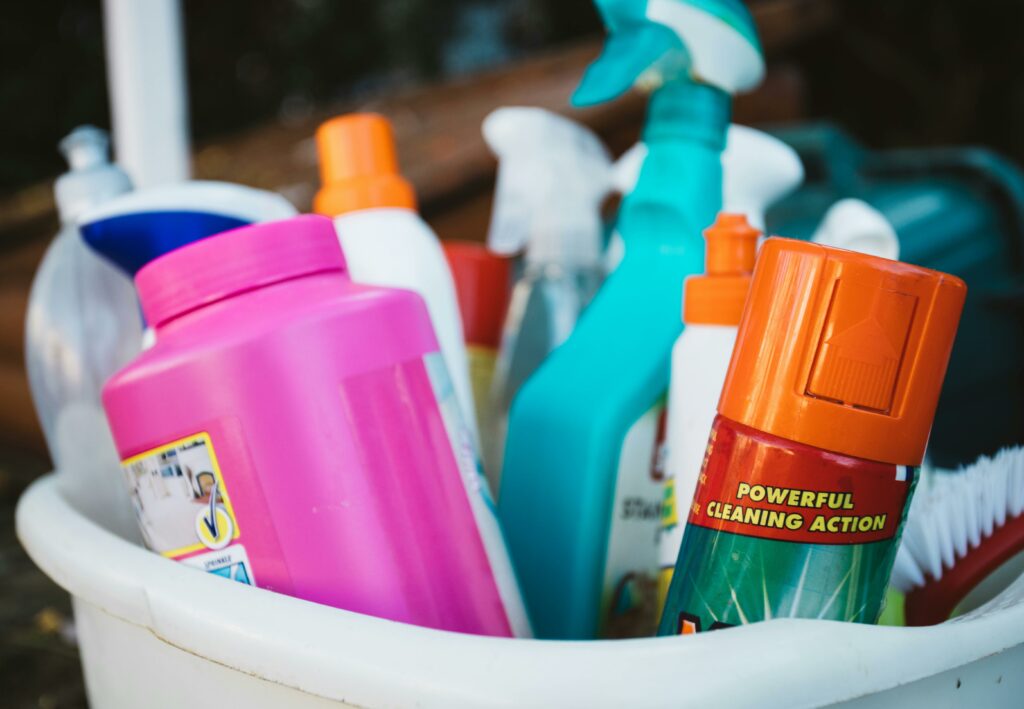
Many everyday household items may be causing irritation or headaches and it’s hard to distinguish what the origin is. Products that we use at home may release:
- volatile organic compounds (VOCs) which are toxic chemicals that vaporize at room temperature. These can be seen often in items containing fragrances. Even citrus fragrance can react to cause harmful pollutants indoors. Examples of these can include air fresheners, chlorine bleach, laundry detergent and dishwashing soap, oven cleaners, furniture and floor polish, as well as dry cleaning chemicals. Bleach should never be mixed with other cleaning supplies, especially those containing ammonia as the gasses can cause severe respiratory issues or even death. To be absolutely safe, vinegar and baking soda are gold standards for safer cleaning. Whenever using other chemicals to clean the area should be well ventilated.
- Formaldehyde is an example of a volatile organic compound. It is a strong smelling, colorless gas and is highly reactive. It’s used on furniture and used as the finishing touch to reduce wrinkles on textiles/clothes. Formaldehyde may be released during use or when washing. It can also be found in disinfectants and multipurpose cleaners for its antimicrobial effects. Formaldehyde can be found in the adhesives in mattresses and the off-gassing of formaldehyde can occur especially with new mattresses. Air fresheners have been found to contain numerous toxic chemicals including formaldehyde. Symptoms of formaldehyde exposure include runny nose, irritation to eyes and throat even at low levels and minimal duration. Longer exposure and higher dosing can cause coughing while direct contact to eyes, skin or GI tract can cause severe burns. Ingesting just 2 tablespoons of the formalin can be fatal.
Plant-Mediated Air Filtration
Plants are able to remove certain indoor air pollutants either through absorption, adsorption or metabolism. With absorption, plants absorb toxins and convert it into nutrients for the plant. Chemicals can be adsorbed and sit on top of leaves and roots or be metabolized into less harsh chemicals.
Not only can plants improve indoor air quality by removing VOCs, particulate matter and ozone, but it can also reduce health risk by reducing toxic load and boost mood and productivity.
Plants That Remove Volatile Organic Compounds
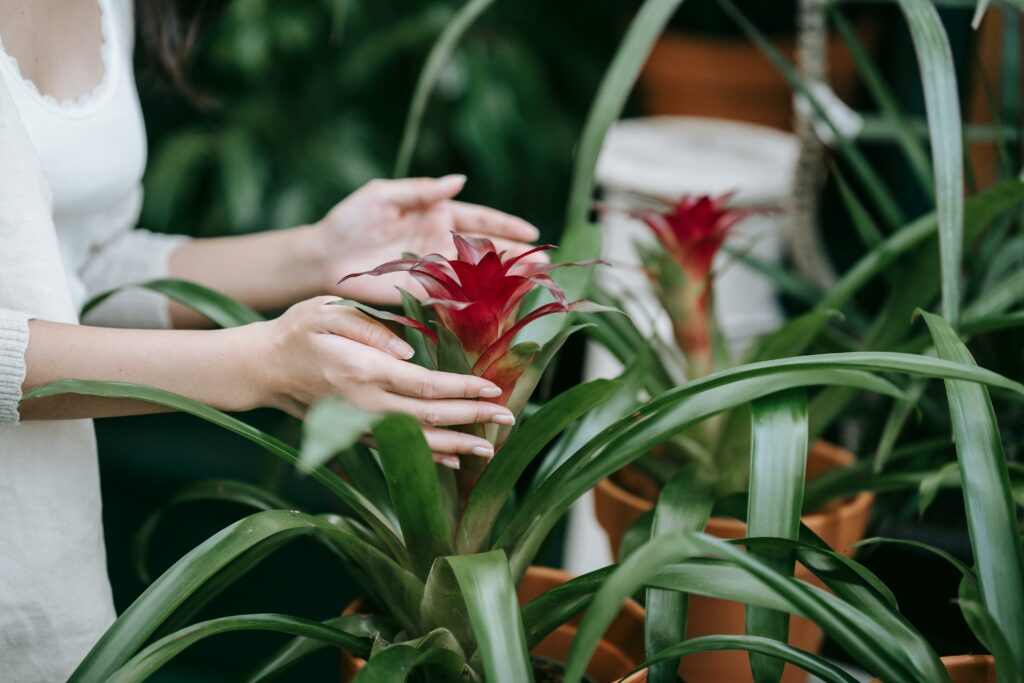
1. Ferns
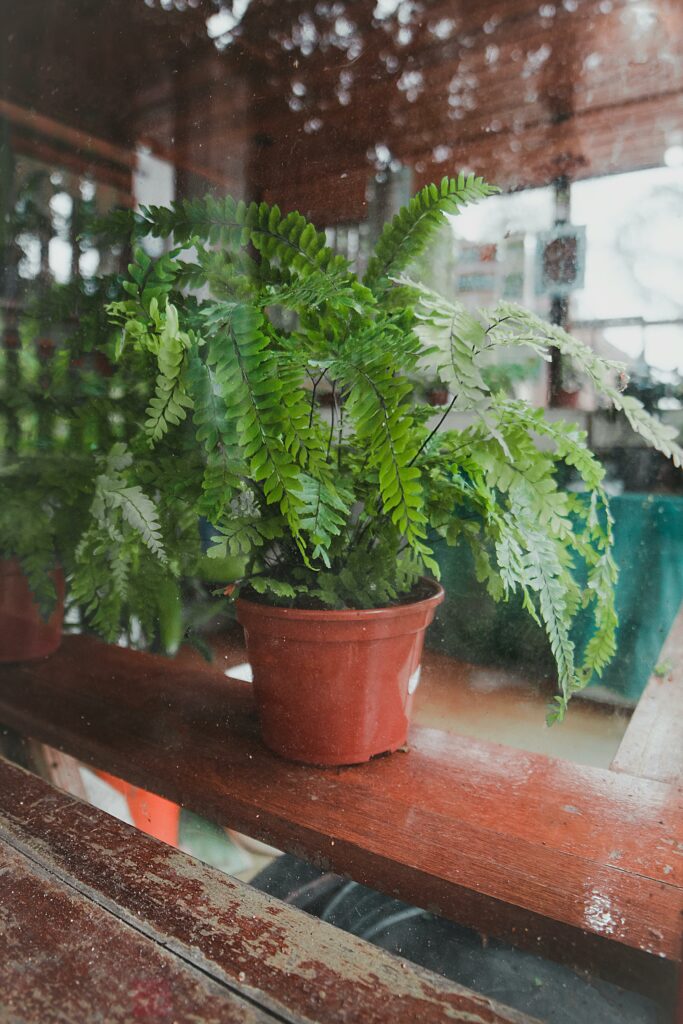
In a study of 86 houseplants, ferns (especially Japanese royal fern) were seen to have the highest formaldehyde removal efficiency.
2. Guzmania lingulata (bromeliad)
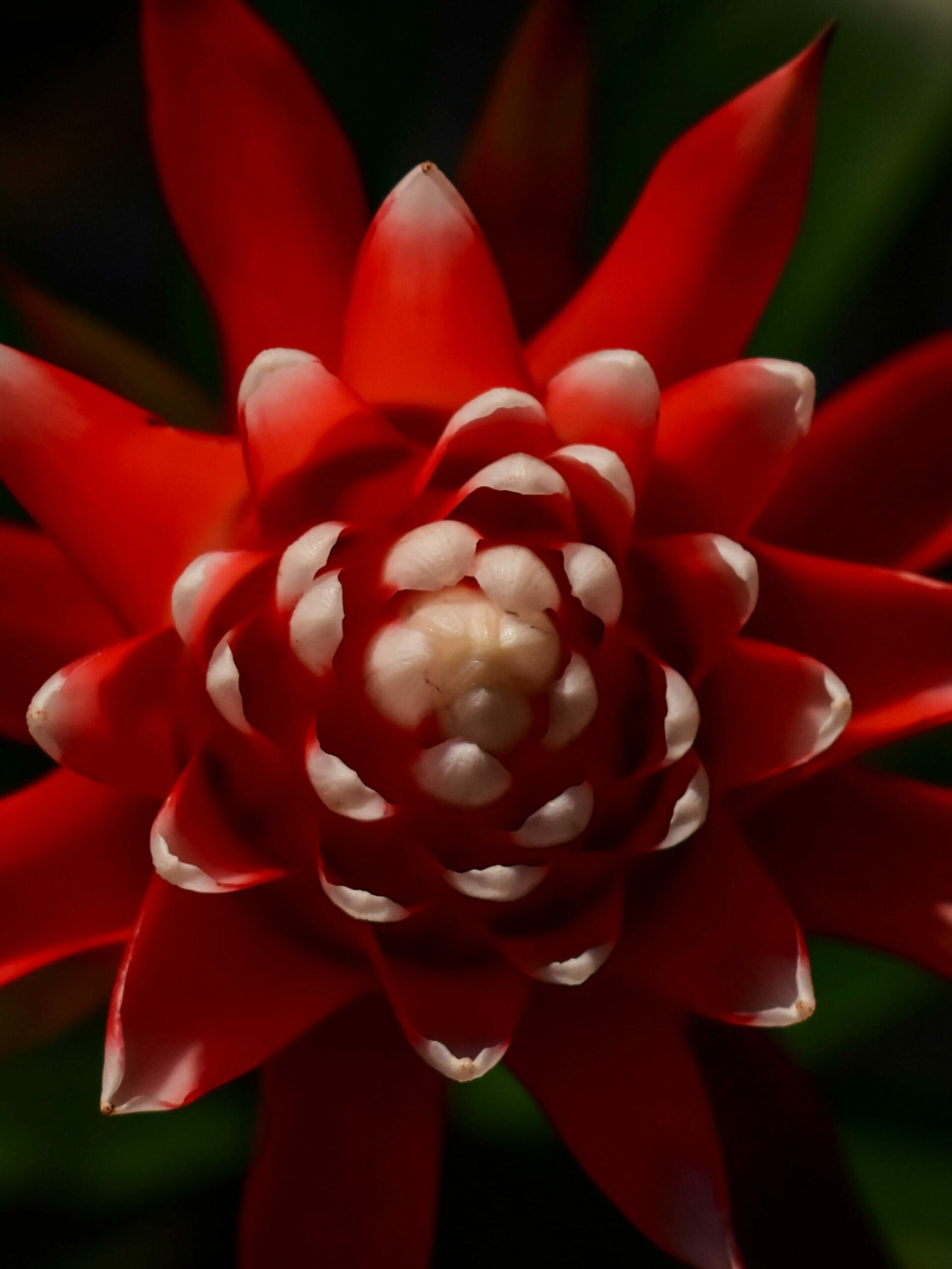
most efficient plant tested. Was effective in removing over 80% of VOCs from the air with light treatment (involved using led light on lower epidermis of the plant).
3. Chlorophytum comosum (spider pant)
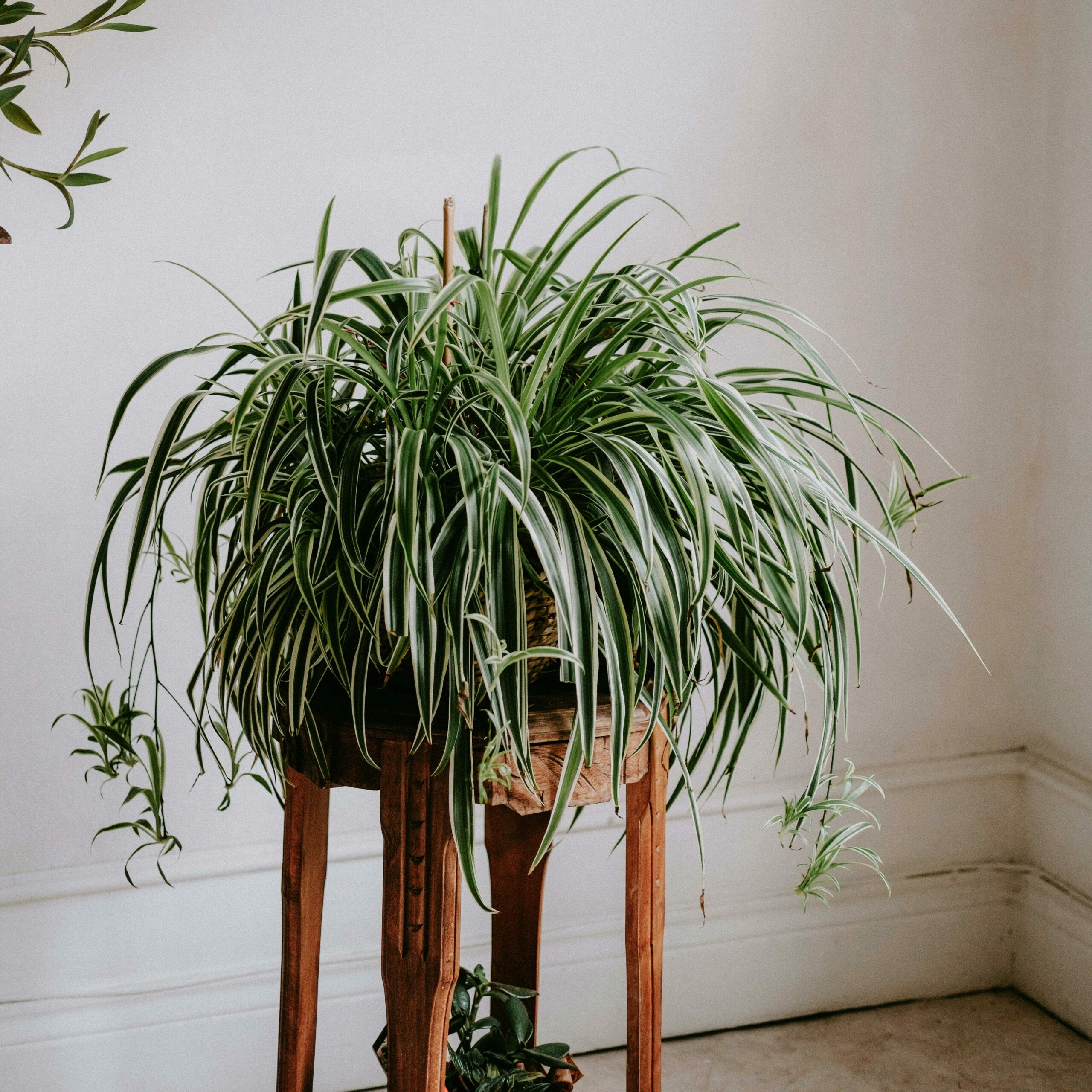
highest reduction of multiple VOCs including acetone, p-exylene (used in production of plastic), o-exylene (used in paints, adhesives, etc.), and ethylbenzene (used in plastics, synthetic rubber, paints, etc.)
4. Crassula Argentea (jade plant)
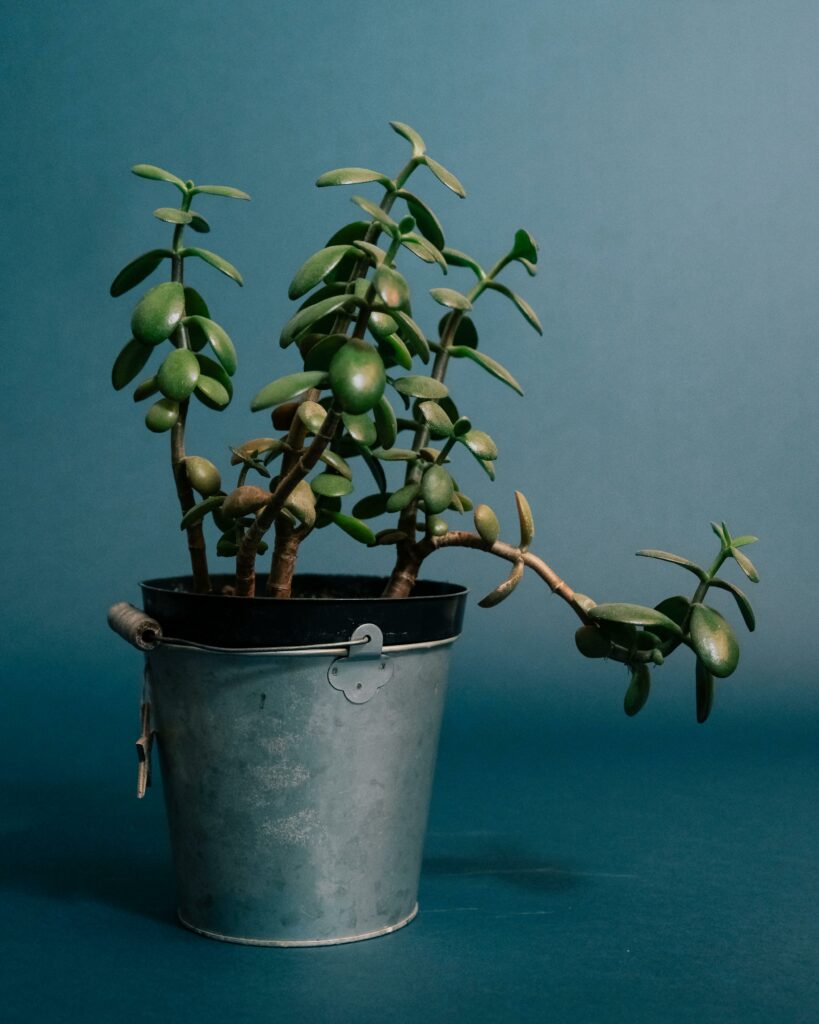
effective removal of p-exylene, o-exylene, ethylbenzene and toluene (used in paint, cleaning agents, synthetic fibers, etc.) especially in “no foil”* and light* treatments.
5. Consolea Falcata (Caribbean tree cactus)
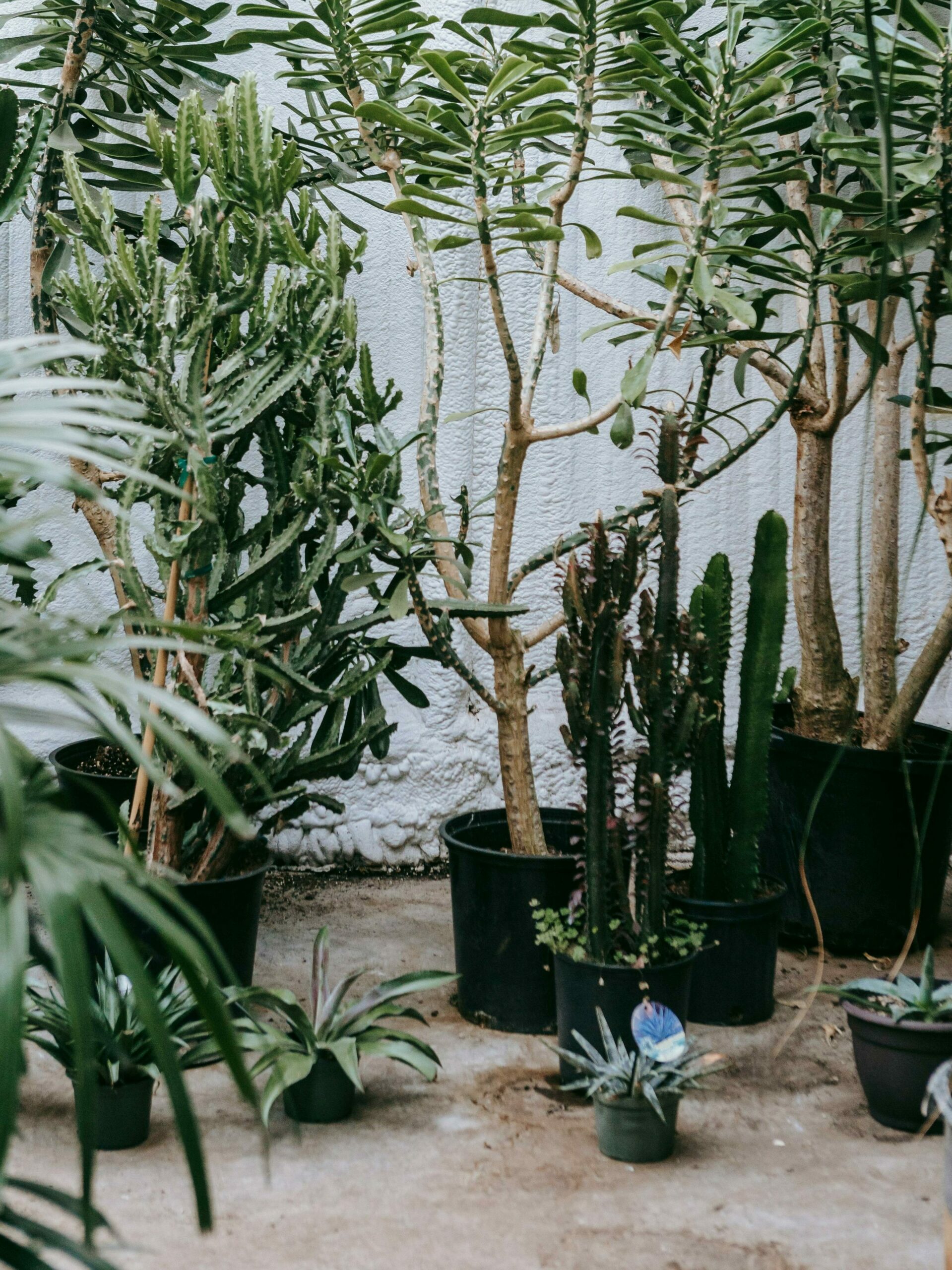
high removal of acetone with effective removal of ethylbenzene and p-exylene in “no-foil”* treatment.
6.Dracaena Fragrans (Dracaena)
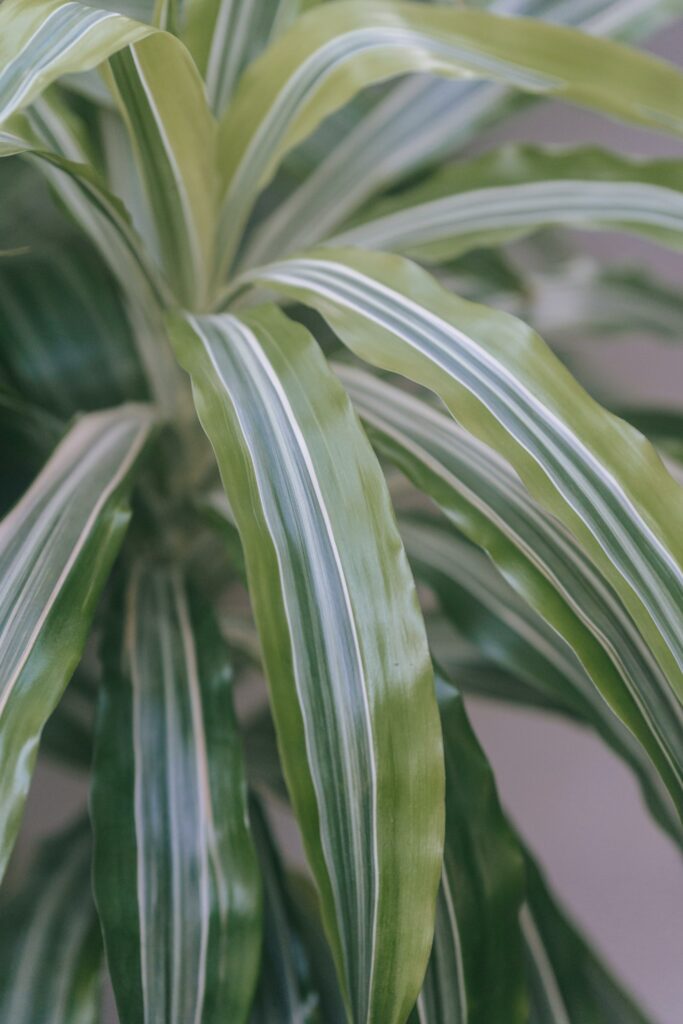
successful in removing acetone in “no foil”* and light treatments as well as showing high removal rate in benzene, dichloromethane (used in film coatings, etc.)and trichloromethane (chloroform used in resins, plastics etc.) in the foil* method.
Increasing air circulation was seen to increase the uptake of pollutants.
Indoor plants can be a great addition to a home aesthetically and functionally. We are bombarded with countless chemicals every time we walk out the door, but it’s imperative to keep the one space we’re reside in the most as pollutant-free as possible.
*Foil method– foil wrapped around plant
*No foil method– plants were not wrapped with foil
*Light method– plants placed by light fixtures that used light similar to sunlight
Also Read: The Hidden Damage Pollution Creates To Our Health
References
Claudio L. (2011). Planting healthier indoor air. Environmental health perspectives, 119(10), A426–A427. https://doi.org/10.1289/ehp.119-a426
https://www.epa.gov/report-environment/indoor-air-quality
Potera C. (2011). Scented products emit a bouquet of VOCs. Environmental health perspectives, 119(1), A16. https://doi.org/10.1289/ehp.119-a16
https://www.ncbi.nlm.nih.gov/pmc/articles/PMC10483372/pdf/RA-013-D3RA04015A.pdf





You must be logged in to post a comment.